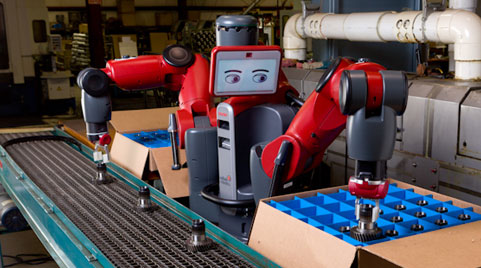System uses existing Wi-Fi signals for gesture recognition
We recently wrote about the promise of the new Xbox Kinect sensor for robotics applications as well as the trend of using existing technologies to enhance the abilities of a new generation of robots. Researchers from the University of Washington have combined those two ideas with a new gesture-recognition system that uses the wireless signals that already surround us.
The system, called WiSee, will be formally presented at The 19th Annual International Conference on Mobile Computing and Networking this fall, but you can download the paper now.
In their findings, which were released this week, the research team says that since wireless signals don’t require line-of-sight and can go through walls, WiSee enables whole-home gesture recognition without requiring users to wear any special devices or the use of cameras. The system was able to identify and classify a set of nine gestures with an average accuracy of 94 percent.
The system relies on slight changes in the frequency of the wireless signal, which standard Wi-Fi routers can be set up to recognize. The university’s News and Information department does a good job of explaining how it works here.
How a system like this might one day interact with a home or business full of robots is anyone’s guess, but given the relatively cheap cost of implementation — not to mention the rapidly declining price of other sensors — it seems reasonable that one day we’ll be controlling more than just video games using gestures.
[ photo courtesy of The University of Washington ]



